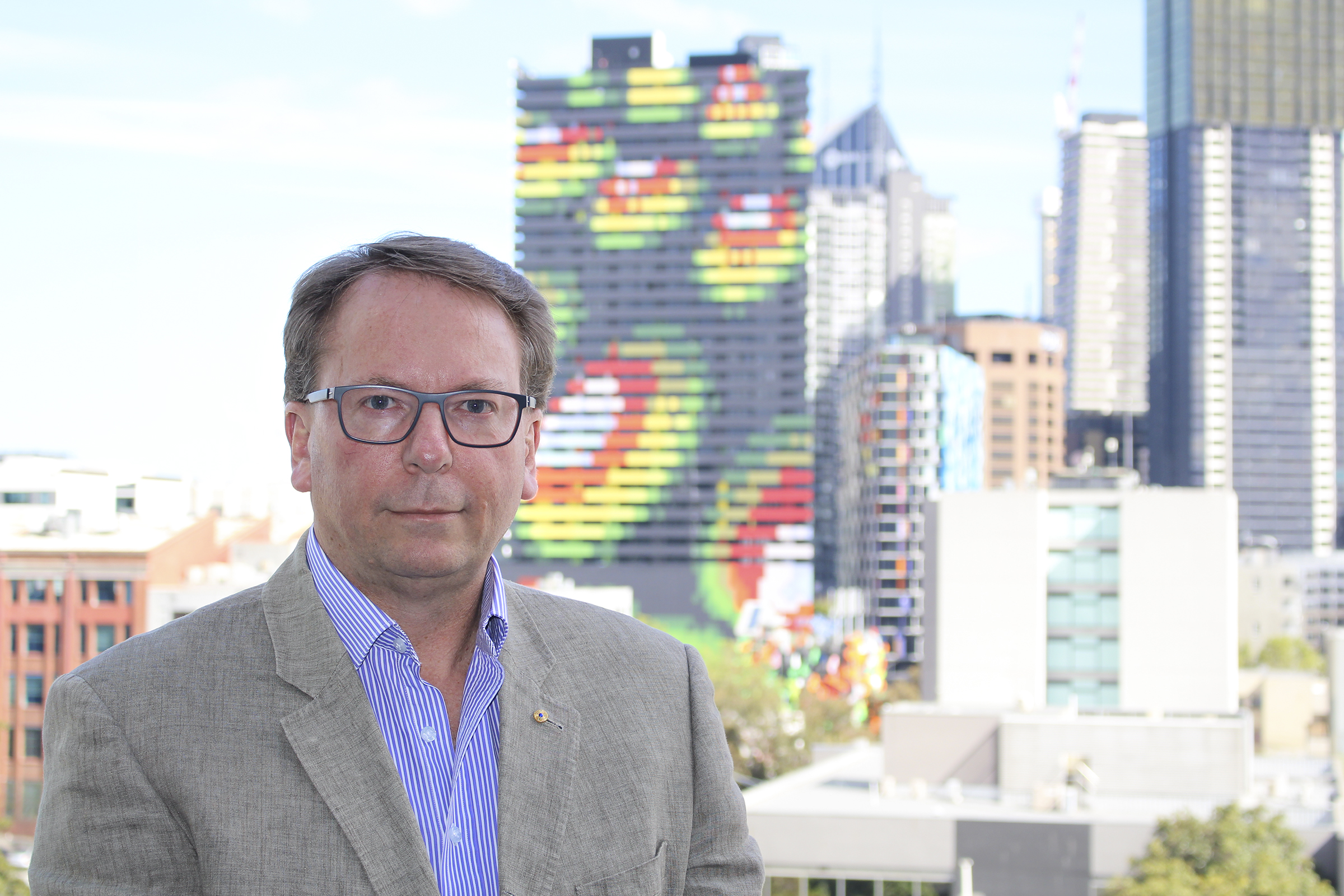The University of Melbourne’s Indigenous Eye Health Unit (IEHU) was established in 2008 at the Melbourne School of Population and Global Health to undertake world-leading research that has established an evidence base and policy framework to address Indigenous eye health in Australia.

Indigenous Eye Health Unit - Minum Barreng
The IEHU Director is Associate Professor Mitchell Anjou.
IEHU aims to Close the Gap for Vision for Aboriginal and Torres Strait Islander people through world-leading research, policy formation, advocacy and implementation. Research has established the state of Indigenous eye health in Australia and current service availability and explored barriers and enablers to the delivery of eye health services for Indigenous peoples. The evidence gathered has guided the development of a comprehensive policy framework that is supported by the Indigenous and mainstream health sectors and government. IEHU is currently actively engaged in providing the necessary advocacy and technical support to Close the Gap for Vision.
The work of the IEHU is generously supported by a number of private donors, philanthropic trusts, and the Australian Government Department of Health (see governance).
The State of Indigenous Eye Health in Australia
The National Indigenous Eye Health Survey was published in 2009. The last national data came from the National Trachoma and Eye Health Program 1976-1980 when blindness rates were 10 times higher than mainstream. The 2008 survey determined the magnitude, distribution and causes of vision loss in Aboriginal and Torres Strait Islander people. Blindness rates were 6 times more than mainstream and low vision 3 times higher. The main causes of vision loss were cataract, refractive errors, diabetic eye disease and trachoma. 94% of the vision loss is preventable or treatable but 35% of Indigenous adults have never had an eye examination.
Australia is the only developed country to still have trachoma and in many outback areas, Aboriginal communities have rates of trachoma as high as anywhere in the world. This blinding, infectious disease disappeared from mainstream Australia 100 years ago and a concerted program to address trachoma in Australia has been implemented from 2009.
IEHU Activity to Close the Gap for Vision
In 2010, the IEHU developed The Trachoma Story Kit resource to support community health promotion and social marketing for the elimination of trachoma and provides ongoing technical support in to trachoma programs across the country.
The Roadmap to Close the Gap for Vision was released in 2012 and comprises 42 interlocked recommendations to improve Indigenous eye health over nine domains of specific activity. The Roadmap has been costed at $20m per year, can be implemented over five years and is estimated to be able to deliver a seven times increase in cataract surgery, five times increase in diabetic eye examinations and a 2.5 times increase in glasses.
In 2015, IEHU launched the 'Check Today, See Tomorrow' resources to raise the awareness of diabetes-related eye health and promote Aboriginal and Torres Strait Islander people with diabetes to get annual eye checks to reduce their risk of vision loss. Up to 98% of vision loss and blindness from diabetes is preventable with early detection and treatment.
IEHU activities are described in a series of reports and publications that establish the evidence base and support the development of policy recommendations to close the gap for vision.
